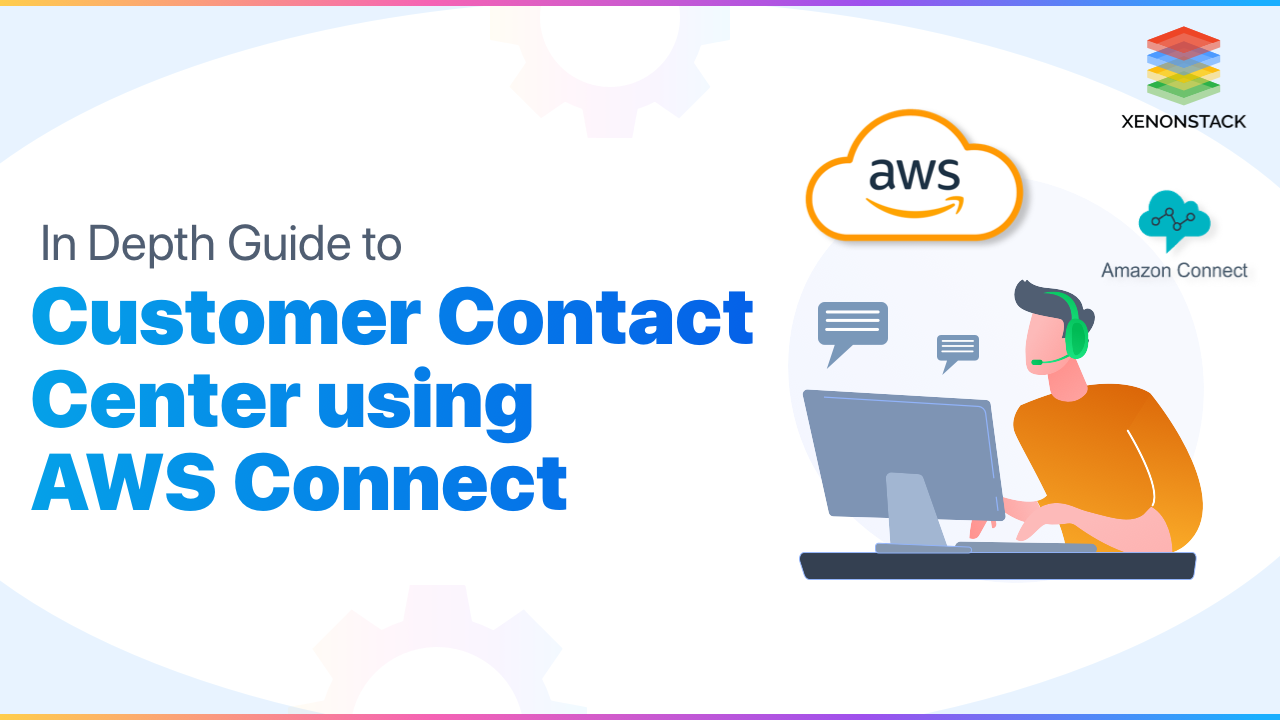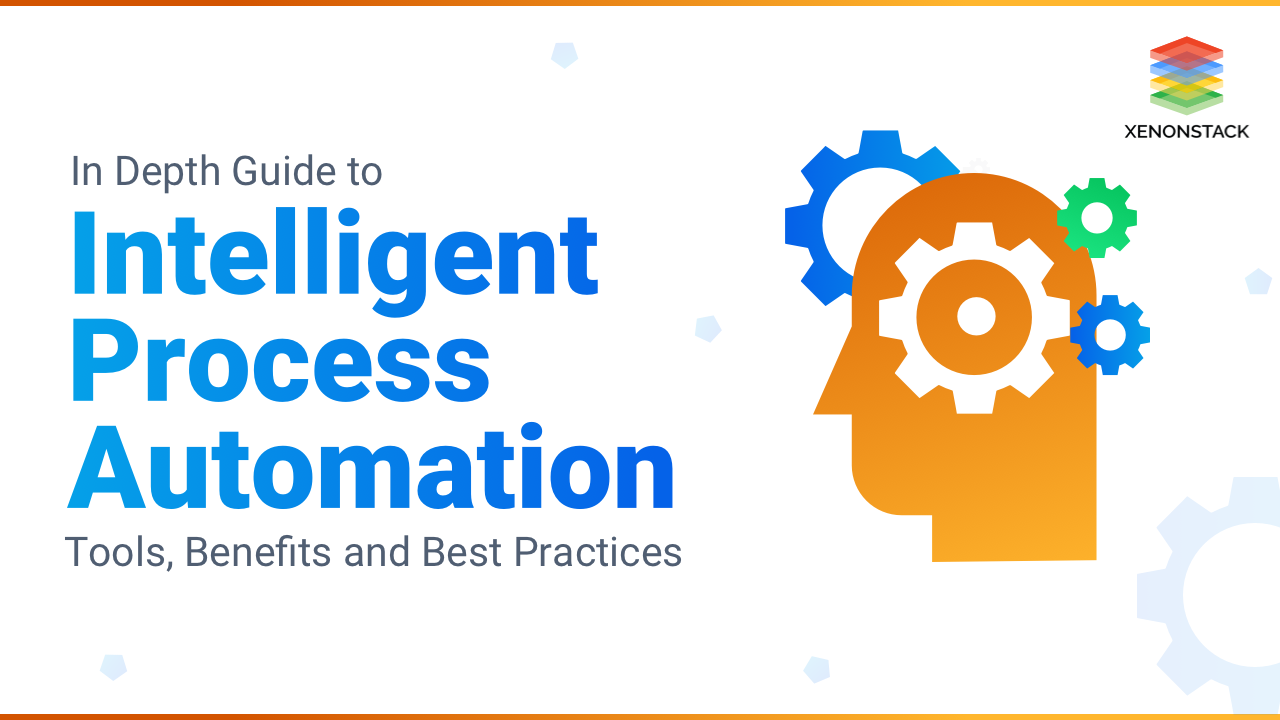
In dynamic customer service landscape, delivering outstanding and consistent experiences is crucial. Modern businesses need contact centers that not only handle high volumes efficiently but also evolve with customer expectations. AWS Connect offers a cloud-based, scalable, and intelligent solution that empowers organizations to build comprehensive contact centers. In this blog, we explore how to construct a robust customer contact center using AWS Connect, with a deep dive into its Agentic AI-driven features, channel-based pricing model, and practical use cases that drive tangible business benefits.
Why AWS Connect?
AWS Connect is a fully managed contact centre service designed to transform customer interactions. Its cloud-native architecture eliminates the complexities of traditional systems, offering:
- Cost Efficiency: Pay only for what you use with usage-based pricing.
- Scalability: Rapidly adjust capacity to meet fluctuating call volumes.
- Flexibility: Customize interactions with pre-built flows, AI integration, and omnichannel support.
- Rapid Deployment: Set up and start engaging customers in a fraction of the time required by legacy systems.
Essential Building Blocks of an AWS Connect Contact Center
Customizable Contact Flows
At the core of AWS Connect are its dynamic flows that define the customer journey. These flows can be tailored for:
- Self-Service Options: Enable IVR menus that empower customers to resolve common issues without human intervention.
- Intelligent Routing: Direct complex inquiries to the right agents, ensuring a seamless experience.
- Data Capture: Log customer intents and interactions for continuous improvement and analytics.
Seamless AI Integration
AWS Connect isn’t just a call routing solution—it’s an AI-powered platform that enhances every facet of the customer experience:
- Amazon Lex Integration: Build conversational bots that understand natural language, helping resolve queries quickly.
- AI-Powered Agent Assistance: Tools like Amazon Q in Connect detect customer issues and recommend personalized responses to agents.
- Conversational Analytics: Automatically analyze call and chat transcripts for sentiment, common issues, and performance trends.
AWS Lambda for Customization
Integrate AWS Lambda functions within your Connect flows to execute custom logic, such as:
- Storing interaction data in databases (e.g., AWS DynamoDB).
- Triggering notifications or follow-up actions.
- Integrating with other backend systems like CRMs, HR, or payroll for enhanced operational capabilities.
Maximize AI Potential with Customizable Channel-Based Pricing
The next generation of Amazon Connect is levelling the playing field by making AI-native capabilities accessible through simplified, predictable pricing. This bundled pricing model is directly tied to your underlying channel usage—such as voice minutes or chat sessions—rather than the volume of AI consumption. This means you can enjoy unlimited AI enhancements without worrying about cost trade-offs. Let’s break down the key AI capabilities and see how they benefit your contact centre:
Customer Self-Service
- What It Does: Delivers AI-powered self-service experiences across voice and digital channels in over 25 languages.
- Benefits: Reduces wait times, adapts to customer needs, and frees up agents to handle more complex issues.
- Use Case: A multinational retailer uses AI self-service to handle returns and order tracking in multiple languages, dramatically reducing call times and improving customer satisfaction.
Agent Assistance

- What It Does: Leverages Amazon Q in Connect to detect customer issues and provide personalized responses based on real-time data and knowledge repositories.
- Benefits: Improves first-contact resolution, reduces handling times, and enhances the agent’s ability to deliver tailored customer service.
- Use Case: A financial services company deploys agent assistance to instantly provide account-related information and fraud alerts, leading to quicker resolution of sensitive queries.
Conversational Analytics
- What It Does: Analyzes call and chat transcripts to detect sentiment, identify recurring issues, and monitor agent performance.
- Benefits: Provides insights for continuous improvement, helps optimize training programs, and enhances quality management.
- Use Case: A telecom service provider uses conversational analytics to monitor customer sentiment during peak hours, enabling proactive adjustments to staffing and improving overall service levels.
Screen Recording & Performance Evaluations
- What It Does: Pairs screen recording with performance evaluations to allow supervisors to monitor, evaluate, and improve agent interactions.
- Benefits: Streamlines quality assurance, supports coaching initiatives, and reduces compliance risks.
- Use Case: A healthcare support centre implements screen recording and performance evaluations to ensure adherence to regulatory standards, improving compliance and patient trust.
Post-Contact Summaries
- What It Does: Uses AI to generate concise summaries of customer interactions, preserving context across transfers.
- Benefits: Reduces agent after-call work, provides immediate context for follow-ups, and eliminates repetitive questioning.
- Use Case: A tech support centre integrates post-contact summaries to quickly onboard agents to ongoing cases, reducing resolution times and improving customer satisfaction.
Forecasting, Capacity Planning, and Scheduling
- What It Does: Automates workforce management with AI-powered forecasting, capacity planning, and scheduling features.
- Benefits: Eliminates guesswork, adjusts to real-time changes in call volume, and ensures optimal staffing levels.
- Use Case: A large e-commerce company leverages daily headcount projections to align staffing with seasonal demand spikes, preventing overstaffing and understaffing.
Best Practices for Building an Intelligent Contact Center
Prioritize Customer-Centric Design: Develop IVR flows and self-service options that minimize friction and empower customers.
Integrate Seamlessly with AI: Utilize AI tools not only for automation but also to derive actionable insights that improve every customer interaction.
Leverage Data for Continuous Improvement: Use conversational analytics and performance evaluations to refine processes and enhance agent training.
Adopt Flexible Pricing Models: Benefit from channel-based pricing that removes financial barriers to AI adoption, ensuring your contact center evolves without unexpected costs.
Building Your AWS Connect Contact Center: Step-by-Step
 Fig 2: Step By Step Guide to Build AWS Connect Contact Center
Fig 2: Step By Step Guide to Build AWS Connect Contact Center
Step 1: Plan Your Architecture
Start by mapping your customer journey, identifying key touchpoints, and determining which interactions can be automated. Consider the integration points with your CRM, databases, and other backend systems and the AI features that can enhance customer experiences.
Step 2: Design Custom Flows
Use AWS Connect’s drag-and-drop interface to create customized IVR flows. Focus on:
-
Self-Service Options: Enable robust IVR menus for common customer queries.
-
Routing Logic: Ensure complex issues are efficiently routed to the right agents.
-
Data Capture: For further analysis, use contact attributes to log customer intent and behaviour.
Step 3: Integrate AI and Automation
Incorporate AI into your flows to streamline operations:
-
Deploy Amazon Lex Bots: Use natural language processing to automate routine inquiries.
-
Utilize AWS Lambda: Execute custom backend processes such as storing interaction data in DynamoDB and triggering additional workflows.
Step 4: Leverage Analytics and Reporting
Connect your AWS Connect data with analytics tools to gain insights:
- Data Lake Integration: Publish scheduling and forecast data for comprehensive operational insights.
- Real-Time Dashboards: Utilize Amazon QuickSight or other BI tools to monitor KPIs, agent performance, and customer sentiment.
Step 5: Optimize Workforce Management
Implement advanced features to ensure optimal staffing:
-
Automated Shift Exchanges: Allow agents to trade shifts seamlessly.
-
Extended Time Off Planning: Enable time off scheduling well in advance for better workforce planning.
-
Daily Headcount Projections: Use precise daily metrics to manage staffing levels and adjust to seasonal trends.
Use Cases and Practical Benefits of Contact Center With AWS Connect
Integrating these AI capabilities into your contact centre can address a wide range of business challenges and opportunities. Below are some real-world use cases that highlight the benefits:
-
Enhanced Customer Self-Service
Use Case: A multinational retail company leverages AWS Connect to implement AI-powered self-service IVR across multiple languages.
Benefits:
- Drastically reduced wait times by enabling customers to resolve common issues through automated self-service options.
- Improved customer satisfaction due to faster response times and personalized interactions.
-
Optimized Agent Assistance
Use Case: A financial services provider utilizes agent assistance features to identify and resolve issues during customer calls quickly.
Benefits:
- Increased first-contact resolution rates by providing agents with real-time, context-specific recommendations.
- Improved agent confidence and efficiency, reducing training time and operational costs.
-
Powerful Conversational Analytics
Use Case: A telecom company integrates conversational analytics to analyze sentiment and monitor call quality across hundreds of interactions daily.
Benefits:
- Identified recurring customer pain points, allowing for targeted improvements in service delivery.
- Enabled proactive coaching by highlighting trends in agent performance and customer satisfaction.
-
Streamlined Performance Evaluations
Use Case: A global support centre deploys post-contact summaries and automated performance evaluations to improve its quality management processes.
Benefits:
- Reduced after-call work, freeing up agents to handle more customer inquiries.
- Enhanced compliance and audit readiness by maintaining a comprehensive record of interactions.
-
Advanced Workforce Management
Use Case: A large-scale contact centre uses AI-powered forecasting and scheduling to adapt to fluctuating call volumes during peak seasons.
Benefits:
- Minimized overstaffing and understaffing scenarios, resulting in optimized labor costs.
- Real-time daily headcount projections helped refine hiring, training, and scheduling strategies for long-term success.
Future Trends with AWS Connect
-
AI-Powered Agent Assistants: Real-time support tools like Amazon Lex and Contact Lens help agents with live transcriptions, sentiment analysis, and smart suggestions. This reduces handling time and improves customer satisfaction.
-
Omnichannel Experience: AWS Connect integrates voice, chat, email, and SMS for seamless communication across channels. Customers can switch platforms without losing context or information.
-
Personalized Customer Engagement: With Amazon Personalize and Customer Profiles, interactions are tailored using behaviour, history, and preferences. This boosts loyalty and creates more meaningful conversations.
-
Low-Code Workflow Builders: Visual editors and drag-and-drop tools allow quick updates to contact flows without needing developers. This accelerates deployment and empowers non-technical teams.
-
Proactive Customer Support: Using predictive analytics and automation, AWS Connect can initiate contact before issues arise. This enhances customer trust and reduces support ticket volume.
Next Steps with Agentic AI
Talk to our experts about building a smart, decision-centric contact center with Amazon Connect. Learn how industries and departments are using agentic workflows and decision intelligence to enhance customer experiences—automating IT support and streamlining operations for greater efficiency and responsiveness.




